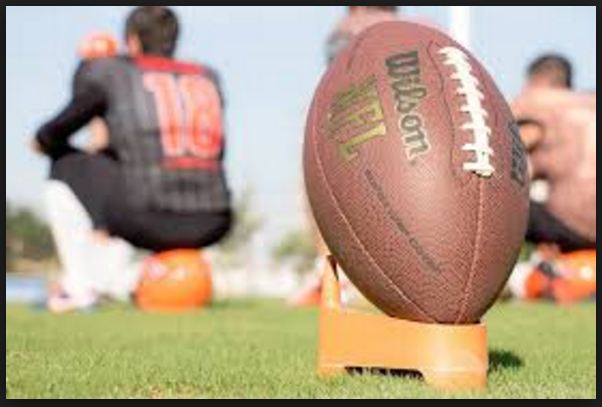
As Jamal Agnew managed to maneuver through a sea of defenders on the Giant’s side, he made an incredible 88-yard punt that amazed all that saw it. The move led companies to analyze odds for football games but also had another layer of significance. However, only a few seconds later, both fans at the stadium and those at home were able to see who was the person who kicked the ball, the speed of its flight and the speed with which Agnew managed to run.
All this is possible thanks to RFID chips that are inside of the football and which can track the ball’s rotation, speed, velocity, and location. These come in the form of coin-sized devices operating on the principle of radio-frequency identification or RFID. The collected stats can then be used in fantasy football but also in many other domains of the game. Previously, historically speaking, the passes were measured by the field markers and umpires. Now, however, the RFID chips can do the same a lot faster and with an incredible level of accuracy. The NFL began testing this tech in 2015 when the Zebra Company chips began to be used. Over the last season, the league began the in-game testing process that covered the preseason and also Thursday Night football games.
The Wilson Company, who is the official maker of the NFL footballs, began working with the Zebra Company to produce balls that are in no way different than regular, chip-less versions. At the current state of the technology, the chip is placed inside of the bladder of the football and weight between 4 and 12 grams. Outside of the ball, systems of 20 to 22 receptors are lined neatly across the ribbon board that can be found on top of the stadiums. The same receptors then measure and track every movement of the chip. The data they produce is delivered in full real time to the NFL and the Zebra director of operations who provide it further to things like websites, commentators and anyone else who might need it. On average, the system tracks over 670 million bytes of different data.
But, it is also important to note that Zebra has been placing their chips into shoulder pads of the payers, first-down measuring tools, and even referees. This is the part of the initiative called the Next Gen Stats which began in 2013 and aims to provide an unparalleled level of data collection. The same tech has been already able to help immensely the broadcasters who are working on the field during each game, instead of making mistakes and confusing players. However, the big prize of the Zebra system would be tracking that is placed on pylons and measuring sticks, which could provide accuracy within six inches. The same preciseness could make a huge difference in tightly contested moments when the human perception of the referees simply is not up to the task.
This is all a part of the huge transformation that the NFL is going through over the previous two years. In this period, the game entered the domain of virtual reality, streaming on Amazon and Twitter and accepted to reduce the number of commercials during its games. Aside from the NFL, the Zebra Company is looking towards NCAA and is currently engaged with the Ohio State University and its sports programs. The company’s current deal with the NFL lasts until the end of the 2018 season and before that moment, tracking chips might become a normal standard for even Super Bowl games, without fans even realizing it.









